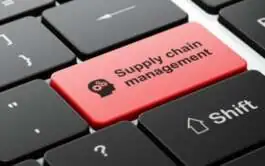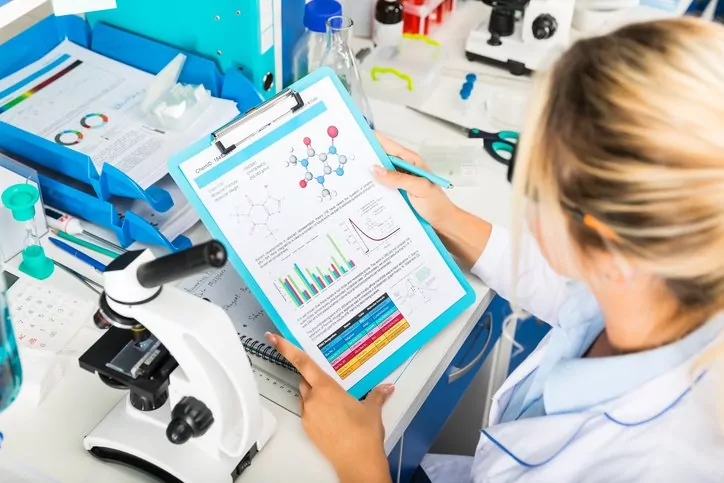Health Based Exposure Limits in Good Manufacturing Practice
The German-Swiss physician, Paracelsus (1493 – 1541) is credited with the quote “What is there that is not poison? All things are poison and nothing is without poison. Solely the dose determines that a thing is not a poison”1. The work of Paracelsus laid the foundation for the thresholds used in toxicology today, such as the no observable effect level (NOEL) and no observable adverse effect level (NOAEL). During the manufacture of medicinal products there is a risk of cross contamination occurring as a result of the release of particles from starting materials or residues on equipment, therefore there it is a necessary to set appropriate threshold levels for substances. Traditional methods used for the development of these threshold levels were generally based on either: (1) not having more than 1/1000th of the therapeutic dose of the residual drug present or (2) the Acceptable Daily Intake (ADI) of a substance. The ADI is calculated by dividing NOEL or NOAEL by a safety factor, which is specific to the route of administration. The first method is not sufficiently scientific, while the latter is considered an overly conservative method of determining acceptance criteria, despite being toxicological in origin.
In 2014, the European Medicines Agency (EMA) published Guidance setting health based exposure limits for use in risk identification in the manufacture of different medicinal products in shared facilities2. Chapter 3, 5 and Annex 15 of the Good Manufacturing Practice (GMP) guidelines, within European Commission (EC) EudraLex Volume 4, were also updated and came into effect in 2015. The new guidance outlined the need for Quality Risk Management principles (QRM) to be applied to cleaning validation in order to determine Health Based Exposure Limits (HBELs) and, hence, suitable technical and organisational measurements required to reduce the risk of cross contamination. HBELs are established using the permitted daily exposure (PDE) calculation which is based on all pharmacological and toxicological data available on a substance, including pre-clinical and clinical data, and several safety factors. The PDE is defined by the EMA as “a substance-specific dose that is unlikely to cause an adverse effect if an individual is exposed at or below this dose every day for a lifetime”. The term PDE is often used interchangeably with acceptable daily exposure (ADE). It is important to note that the EMA guidance states that the use of other approaches to determine HBELs can be considered acceptable if adequately and scientifically justified.
The EMA subsequently drafted a Questions and Answers document and, after a period of public consultation, the EMA amended the Questions and Answers draft and published the final document in April 20183. This document highlighted key points including the requirement for HBELs to be checked repeatedly throughout the product lifecycle, employing a suitably experienced toxicologist/pharmacologist to determine PDEs and the use of cleaning alert limits. In addition, the requirements for conducting visual inspection and calculating HBELs for veterinary medicines using human derived data is also discussed in the document.
If you wish to discuss how PharmaLex can support the development of cleaning validation protocols in compliance with GMP requirements, please connect with us at +353 1 846 4742 or contactirl@pharmalex.com.
References
- Grandjean P. Paracelsus Revisited: The Dose Concept in a Complex World. Basic Clin Pharmacol Toxicol. 2016 August; 119(2): 126–132. doi:10.1111/bcpt.12622.
- European Medicines Agency. Guideline on setting health based exposure limits for use in risk identification in the manufacture of different medicinal products in shared facilities. November 2014. https://www.ema.europa.eu/documents/scientific-guideline/guideline-setting-health-based-exposure-limits-use-risk-identification-manufacture-different_en.pdf
European Medicines Agency. Questions and answers on implementation of risk-based prevention of cross-contamination in production and ‘Guideline on setting health-based exposure limits for use in risk identification in the manufacture of different medicinal products in shared facilities’. April 2018. https://www.ema.europa.eu/documents/other/questions-answers-implementation-risk-based-prevention-cross-contamination-production-guideline_en.pdf







